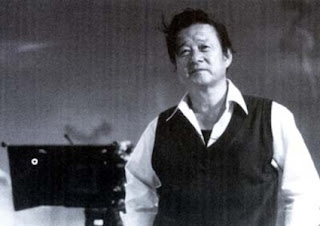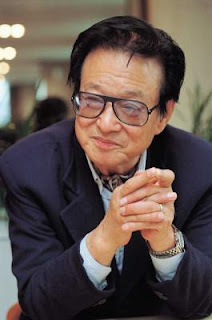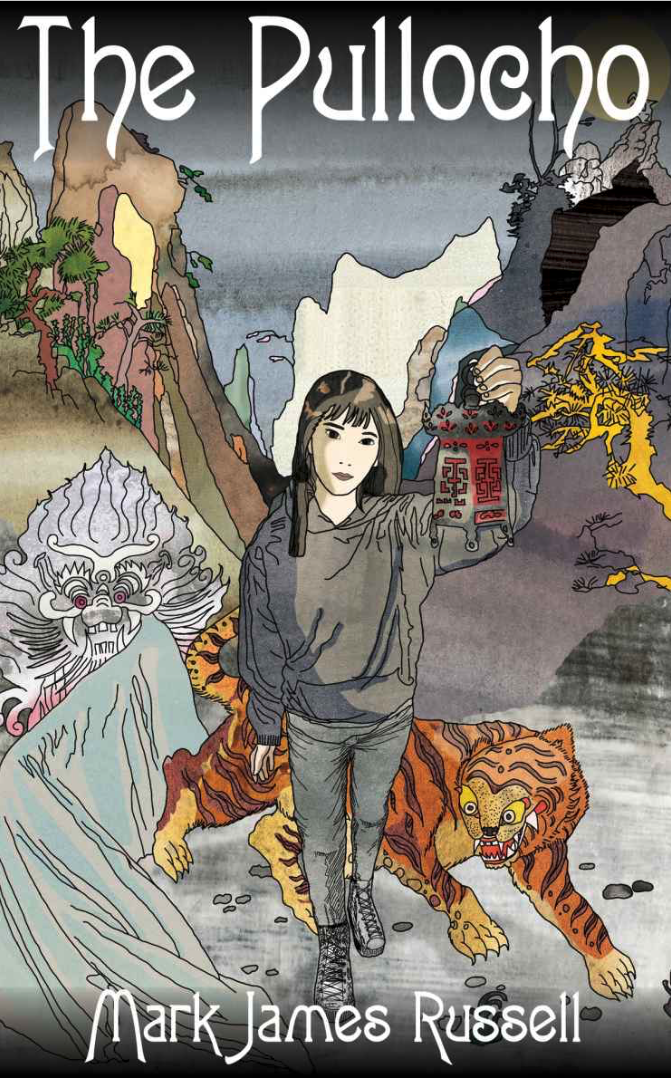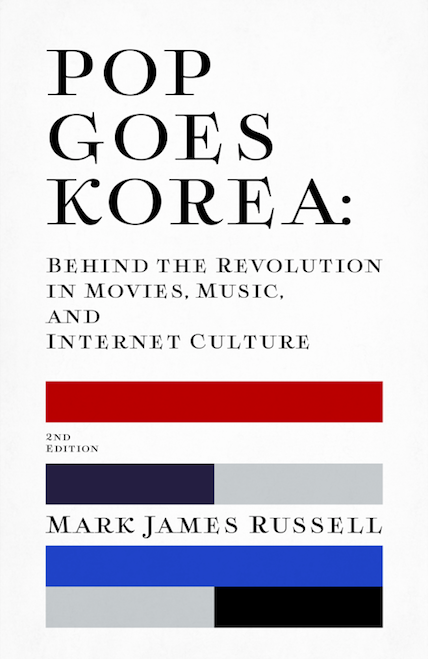Like many Korean movie fan, I have greatly enjoyed the Korean Film Archives series of classic film releases. But with their latest DVD set, the Archives has really outdone itself. I am, of course, talking about the 5 DVD set of Shin Sang-ok movies that just went on sale a couple of weeks ago.

For just 56,000 won at YesAsia (and less than 50,000 won at Even Records in COEX Mall) you get ROMANTIC PAPA, SEONG CHUN-HYANG, MOTHER & A GUEST, DEAF SAMRYONGI and ONE THOUSAND YEAR OLD FOX.
Perhaps these are not Shin’s most definitive movies — the collection does not include any of his films from the 1950s — but they are not bad at all. ROMANTIC PAPA was a successful home melodrama, and the first movie he produced from Shin Film Company. SEONG CHUN-HYANG was Korea’s first color cinemascope movie. DEAF SAMRYONGI was actually made into a movie in 1929 by Na Do-hyang, but that classic is long since lost; Shin remade the film in 1964. (Incidentally, don’t you wish the Film Archive would have retitled the film DEF SAMRYONGI? Could have made the film much hipper). And finally, ONE THOUSAND YEAR OLD FOX was a rare horror film that was an A-picture, made for first-run theaters like the Myungbo in Chungmuro.

Shin Sang-ok, of course, was one of the most important directors in Korean movie history. He won five Best Picture and Best Director awards at the Asian Film Festival during the 1960s. He worked with the Shaw Brothers and Golden Harvest in Hong Kong. And most famously, he and his wife were kidnapped by North Korea in 1978, where they were forced to make movies until they defected to the West in Vienna in 1986.

And just to add a wonderful coda of the absurd to his life (as if North Korea were not enough), he moved to Hollywood in the 1990s, where he made the THREE NINJA movies.
When I met him at the Pusan Film Festival in 2000, after a screening of his FLOWER IN HELL, he was not at all apologetic about making kiddie films in Hollywood. he said matter-of-factly that he quite enjoyed making movies with good equipment and multiple cameras and the like, which more than made up for the lack of artistic freedom (and commercial indifference) in South Korea.

Also notable was how at that informal Q&A after the screening, Shin moved effortlessly between Korean, English and Japanese, answering whatever questions in whatever language they were posed.
Btw, Shin’s first movie contribution, VIVA FREEDOM, on which he served as production designer, was the first movie issued by the Film Archive. You can still find it online and around Seoul.
Now if only someone will publish Shin’s 1958 film A FLOWER IN HELL…



Leave a Reply